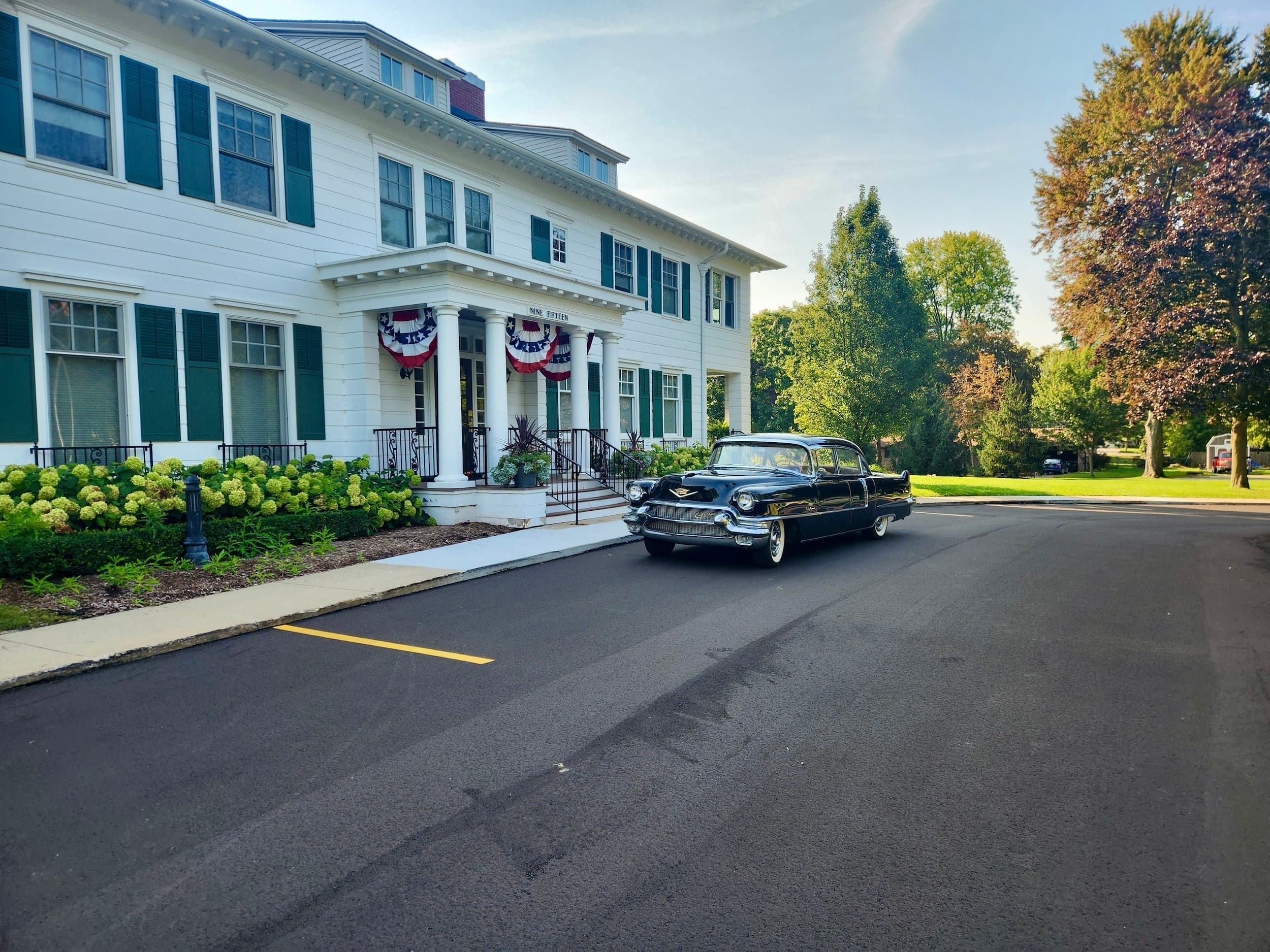Posted in Uncategorized
When a group of scientists explored the unusual tiger beetles thriving near Yellowstone’s steaming thermal basins, their mission was to understand how these insects survive extreme heat. Along the way, they uncovered something extraordinary: a pattern of microscopic grooves on the beetle’s abdomen that lets it hold and spread a thin layer of water—even though its waxy shell normally repels moisture. That discovery inspired a U.S. patent for a method to create uniform liquid films on various surfaces, unlocking potential uses from better cooling in electronics to advanced coatings for medical implants. If you have questions about a patent, our Ann Arbor, MI patent search lawyer at The Patent Baron PLLC is available to talk.
What is described above is biomimicry in action: observing how nature solves challenges, extracting the underlying principle, and turning it into patentable technology.
What The Scientists Learned
Beetles typically repel water, but Yellowstone’s “wetsalts” tiger beetle found a way to keep cool. Its abdomen features a dense network of micro-grooves interlaced with tiny hairs. Together, these structures spread and stabilize water instead of letting it bead up and roll away.
Engineers studying this mechanism didn’t copy the beetle; they developed a manufacturing process that can create evenly distributed liquid films on both water-loving (polar) and water-repelling (nonpolar) materials. The resulting patent protects the engineered method—not the insect itself.
Uniform liquid coverage matters because it can reduce hot spots, improve lubrication, and enable better coatings or biomedical devices that depend on consistent fluid interaction.
Turning Nature’s Tricks Into Patents—Legally
U.S. patent law doesn’t allow you to own a natural phenomenon, but it does let you protect human-made applications of natural principles. The Yellowstone invention shows how to do it right:
- Focus on function. Study what nature achieves (e.g., spreading water on a hydrophobic surface) rather than just its shape or look.
- Engineer your version. Develop a controllable, reproducible way to achieve the same effect, whether that’s a specific surface pattern, fluid path, or manufacturing step.
- Prove the leap. Keep clear records of how you moved from the natural inspiration to a technical solution.
- Avoid obviousness. Demonstrate why your approach isn’t a simple, predictable step to someone skilled in the field.
- File before you share. Public talks, videos, and pitches can jeopardize global rights. A quick provisional filing can preserve your priority date.
- Plan a portfolio. One insight can support multiple filings: methods, devices, manufacturing tools, even design patents if there’s a unique visual element.
A Fast-Track Game Plan
Week 0–1: Sketch the problem, natural principle, and engineered mechanism.
Week 1–2: Run a quick prior art search to find patentable angles.
Week 2–3: Build early prototypes or simulations to show the effect.
Week 3–4: File a provisional patent application covering broad concepts and specific variations.
Next 6–9 months: Refine designs, collect data, and expand filings or PCT applications.
Nature Is An Innovation Library
Inspiration can come from anywhere—anti-fogging coatings, self-healing materials, micro-channel cooling systems, insect-inspired hinges, or color effects from butterfly wings. Whether you’re in consumer electronics, medical devices, automotive, or outdoor gear, nature offers blueprints for innovation.
How The Patent Baron PLLC Helps
We specialize in:
- Patentability triage and prior-art analysis
- Enablement support (drawings, test data, manufacturing details)
- Portfolio building from provisional to global protection
- You can’t patent the beetle itself—but you can protect the engineered breakthrough it inspires.
Source: Adapted from reporting by Andrew Rossi, Cowboy State Daily, September 21, 2025, covering U.S. Patent No. 12,319,385.
Disclaimer: This article is for informational purposes only and does not constitute legal advice. For advice on your specific situation, contact The Patent Baron PLLC.


